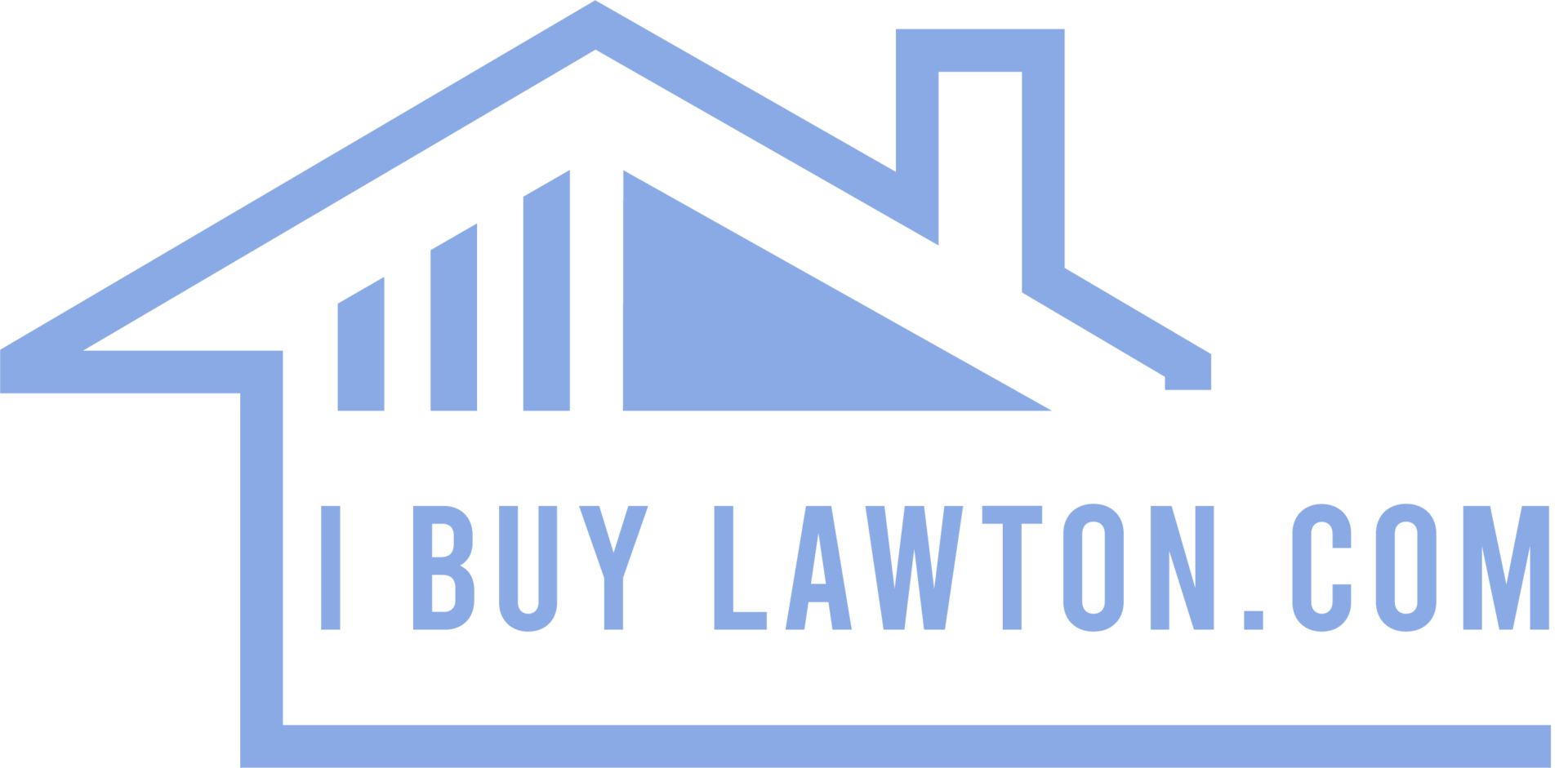You finally found “the one”—but how to move if your house hasn’t sold yet in Oklahoma. You found that that perfect new place with the big backyard, updated kitchen, and dream primary suite; there’s just one snag: your current house is still sitting on the market. How do you juggle buying a new property, moving, and holding on to your existing home all at the same time? We’ve rounded up several practical strategies—some familiar, some less obvious—to help you bridge the gap, protect your finances, and keep the stress level manageable.
1. Understand Second‑Mortgage Rules (FHA, Fannie Mae, Freddie Mac)
If you need another mortgage before your first home sells, you’ll need to clear a few important hurdles:
- FHA Loans – The Federal Housing Administration allows a second FHA‑backed mortgage only in specific situations (job relocation, larger family, divorce/separation). Even then, you can’t owe more than 75 percent of the first home’s value.
- Fannie Mae & Freddie Mac – These conventional lenders focus heavily on your debt‑to‑income ratio and cash reserves. You’ll need to demonstrate that you can comfortably handle two mortgage payments, often by carrying six months of liquid funds.
- Credit & Equity Requirements – Across the board, you’ll need strong credit and a healthy chunk of equity in your current home to qualify for a second loan.
Pro tip: Get pre‑approval early. Lenders may require full documentation and proof of liquid assets, so gathering paperwork in advance speeds up the process.
2. Ask Family—But Put It in Writing
A short‑term loan from parents or close relatives can be the simplest (and cheapest) way to cover a down payment or closing costs on the new house. Just make sure:
- Use a Promissory Note – Spell out the loan amount, repayment terms, and timeline (for example, “paid in full upon sale of current home”).
- Document Transfers – Keep bank statements or cashier’s checks to prove the funds aren’t a gift (or vice‑versa, if they are).
- Keep Emotions Low – Money and family can be tricky. Clear terms and communication prevent misunderstandings down the road.
3. Consider a Bridge (Wrap) Loan
Bridge loans bundle both mortgage payments into one interest‑only payment for six to twelve months. Requirements vary by lender, but you’ll generally need:
- High Credit Scores – Think 700 plus.
- Equity – Typically you must finance less than 80 percent of the combined value of both homes.
- Exit Plan – A realistic timeline and listing price for selling your current property.
Pros: Quick access to funds, interest‑only payments, and you can move immediately. Cons: Higher interest rates and fees compared to a standard mortgage—plus the pressure to sell within the short loan term.
4. Tap Your 401(k)—Cautiously
Many 401(k) plans allow you to borrow up to 50 percent of your vested balance (max $50,000) for a home purchase. Before pulling the trigger:
- Check Plan Rules – Some employers restrict borrowing or require spousal consent.
- Mind the Taxes – If you leave your job and can’t repay quickly, the outstanding balance may be treated as taxable income, plus a 10 percent penalty if you’re under 59½.
- Have a Repayment Plan – You’ll repay yourself (with interest) through payroll deductions, so make sure your budget can handle it.
Use this option only if you’re confident your current home will sell soon and you can replace the funds quickly.
5. Negotiate a Rent‑Back Agreement
If the sellers of your new home need a little time to move out, propose a rent‑back:
- Seller Stays, You Close – You become the owner and landlord, while the sellers pay rent for 30–60 days.
- Covering Two Mortgages – Their rent offsets your costs, giving you breathing room until your old property sells.
- Win‑Win – Sellers avoid a rushed move, and you avoid juggling double housing payments.
Make sure the agreement spells out the rental rate, duration, and deposit—treat it like a formal lease to protect both parties.
6. Use a Sale Contingency—When the Market Supports It
A sale contingency in your purchase offer says, in short, “I’ll buy your house only if mine sells within X days.” Sellers may be wary, but you can boost your odds:
- Price Your Home Aggressively – Show that your listing is likely to move fast.
- Offer a Short Window – 30 days or less reads as confident.
- Include Proof of Financing – Demonstrate you’re fully qualified once your current property closes.
In a hot seller’s market, contingencies can weaken your offer. When competition is lighter, sellers may appreciate any reasonable, well‑documented bid.
Bonus Tips to Reduce Stress
- Stage First, List Fast – Declutter, deep‑clean, and stage your home before house‑hunting. A move‑in‑ready look helps it sell quickly when you list.
- Bridge the Gap with a Short‑Term Rental – If timing gets tight, rent an Airbnb or month‑to‑month apartment. A small overlap beats paying two full mortgages.
- Consider a Direct Sale – Need speed and certainty? A reputable cash buyer like DHS Realty Group can purchase your home as‑is, often closing in as little as seven days. That cash in hand makes securing your new place far easier.
Ready to Explore Your Options?
Navigating two houses, two mortgages, and one tight timeline can feel overwhelming—but you don’t have to figure it out alone. Whether you want to list traditionally, explore bridge financing, or understand what a direct sale would look like in Oklahoma, we’re here to help.
Call DHS Realty Group at 940-249-5752 or drop us a note online. We’ll walk you through the numbers, answer your questions, and help craft a plan that gets you settled into your dream home—without the nightmare of double payments.
